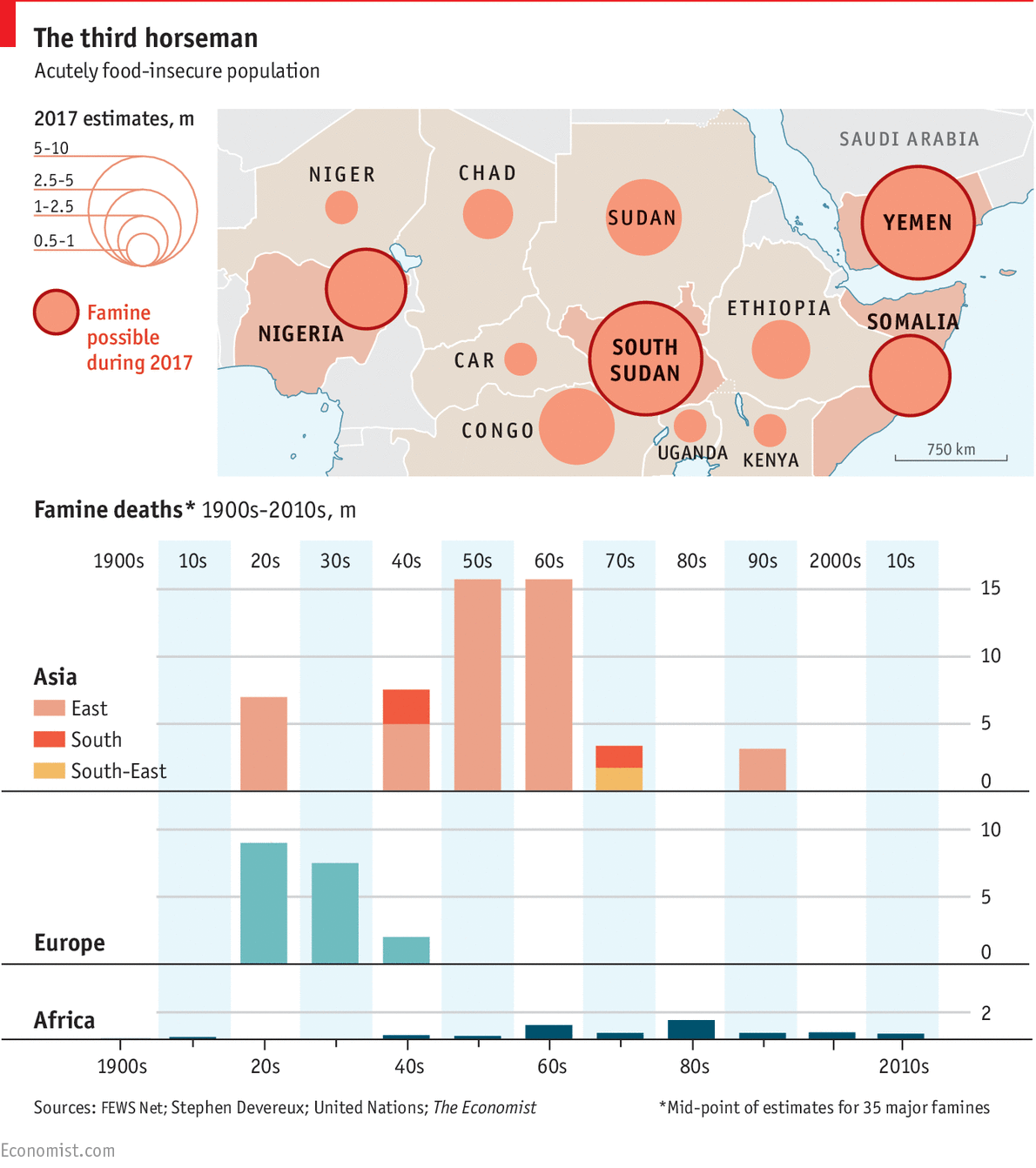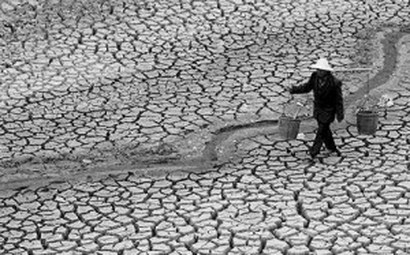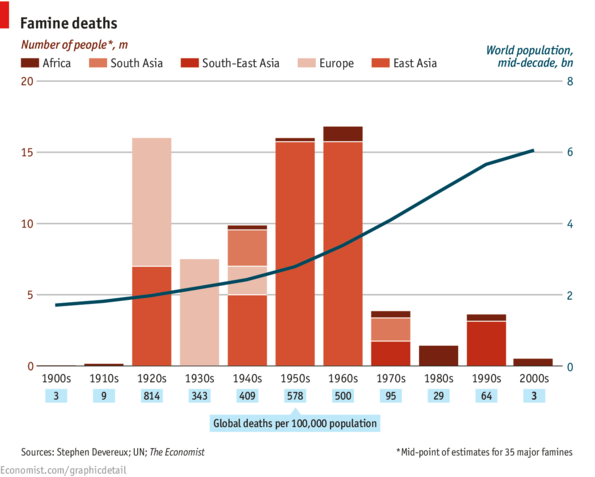

Read on for a closer look at the devastating – but preventable – scourge that is famine.ĭonate now to help feed people suffering from famine > So what’s the actual definition of famine? As the largest hunger fighting organization on the planet, we work around the clock to stop hunger.

Thankfully the United Nations World Food Programme (WFP) has the expertise, international presence and operational capacity to stop famine in its tracks, pulling communities back from mass starvation. And by the time famine is officially declared, it’s too late: tens of thousands are already dying of hunger. In fact at this moment, more than 40 million people stand on the brink of deadly hunger. That means there’s enough food on this planet to feed every single person.īut even with all this abundance, famine is no relic of the past. Often, the same conditions that cause hunger are the ones that make it incredibly difficult to gather the data needed to determine if famine is occurring.Our global food production system grows in size and output every single day. But, though it is a very helpful tool, the system is far from perfect. At times, famine declarations can become political decisions, rather than humanitarian ones.īefore and after a famine is declared, the goal of the IPC system is to trigger action to prevent hunger crises from deteriorating further and to save lives. If a country, or part of a country, meets famine (IPC Phase 5) criteria, then each partner – including the country’s government – must reach a consensus on these findings before famine is declared.

Action Against Hunger and our partners carry out food security and nutrition surveys to gather information on food availability, malnutrition levels, and mortality rates.Īll of the data is then collected and analyzed, and IPC partners agree on the overall results and conclusions. The key to understanding food emergencies is data – and a lot of it. The five integrated phase classifications (IPCs).


 0 kommentar(er)
0 kommentar(er)
